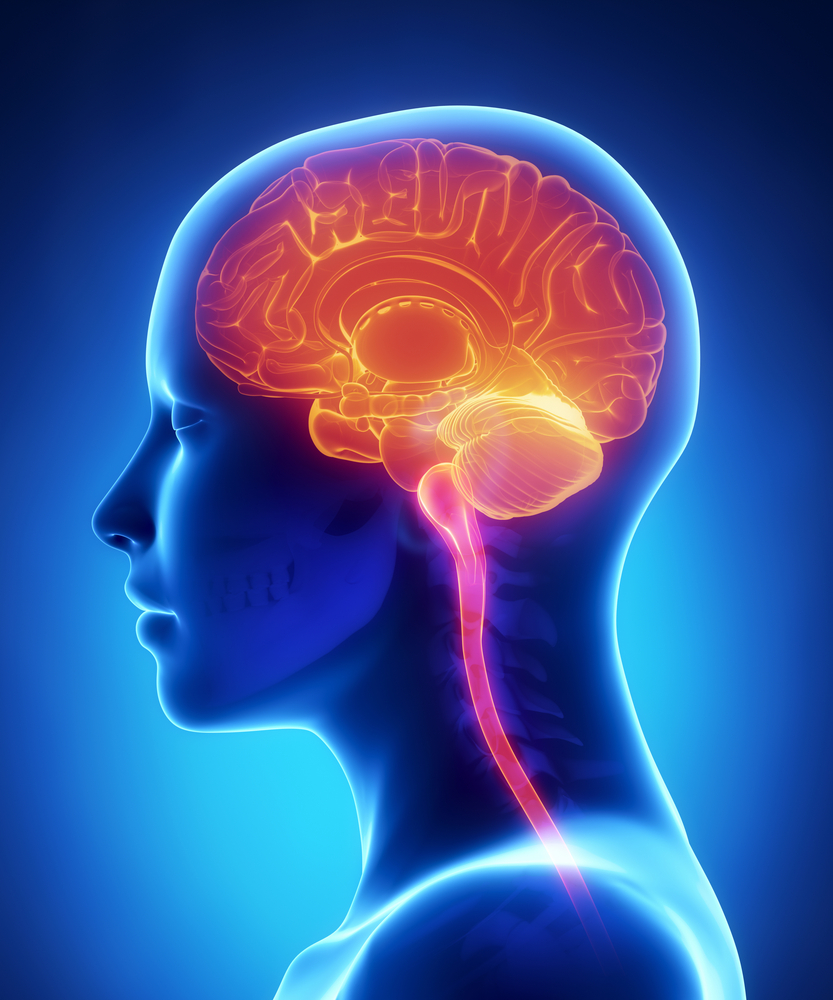Survey May Help Understand Clinical Features of Gaucher Disease Type 3

Using 26 patients gleaned from an international Gaucher disease (GD) registry, researchers have identified common characteristics of Gaucher disease type 3. The long-term follow-up of these patients should help identify treatment outcomes and better understand the clinical manifestations of GD type 3.
The study “Characteristics of 26 patients with type 3 Gaucher disease: A descriptive analysis from the Gaucher Outcome Survey” was published in the journal Molecular Genetics and Metabolism Reports.
Patients with GD usually are classified into three disease types – 1, 2, and 3 – according to the clinical characteristics and disease course.
GD type 1 does not involve the central nervous system, while types 2 and type 3 are characterized by neurodegeneration.
“Patients with type 2 (acute neuronopathic) GD (GD2) suffer rapid deterioration, with death usually occurring before 2 years of age, while patients with type 3 (chronic neuronopathic) GD (GD3) experience a slower disease course,” researchers explained.
The clinical features of patients with GD type 3 are more diverse compared to type 1. Moreover, while enzyme replacement therapies (ERTs) and substrate reduction therapies (SRTs) have benefited type 1 patients and improve the quality of life of type 3 patients, they have no effect in the neurological symptoms of the disease.
Unlike Europe (Cerezyme) and Japan (VPRIV), the U.S. remains without any approved therapy specific for GD type 3. However, a deeper understanding of the disease characteristics, such as an analysis of real-world patient outcomes, may help manage these patients.
Researchers used the Gaucher Outcome Survey (GOS) – an international disease-specific registry for all patients with a confirmed disease diagnosis, regardless of disease type – to establish the characteristics of all patients in the registry with GD3, without accounting for their treatment status.
Out of 1,002 patients registered until October 2015, 26 had a confirmed diagnosis of GD3. The majority (940 patients) had GD1 and only a very small fraction (three patients) had GD2.
Half of the patients with GD3 (13 patients) were from the U.S. and the remaining from the United Kingdom (seven patients), Israel (three patients) and Brazil (three patients). All patients had been diagnosed before 18 years old and began experiencing the first symptoms early in life (before 2 years old).
Several patients (18) were being treated with enzyme replacement therapies – mainly Cerezyme (imiglucerase) or VPRIV (velaglucerase alfa) – at the time of GOS entry.
The majority (88.5 percent) of the patients were positive for the L444P genetic mutation in the GBA1 gene, which is known to associate with neurological forms of the disease.
Although many patients with the L444P mutation share disease manifetstaions with GD1 patients, “its presence is associated with increased disease severity and can help differentiate between type 1 and type 3 disease,” researchers explained.
Systemic parameters, such as hemoglobin concentrations and platelet counts in the GD3 population were within the normal range and showed no abnormalities. This, however, could be the result of the GD-specific treatments received before patients entered the registry. The effects of these therapies on the neurological aspects of GD3 were not analyzed in the GOS.
While there currently are no GD-specific treatments for slowing or reversing the neurological manifestations of GD3, a preliminary study testing high doses of a commonly used expectorant, ambroxol, suggest a therapeutic benefit for neuronopathic GD. However, no patients in this study received that treatment.
GD3 patients’ symptoms included severe bone pain, osteopenia, acute bone crises, and fractures.
Also, researchers noted that “ERT is being used in real-world clinical practice to treat non-neurological manifestations of GD3, and suggests that current treatment recommendations for patients with GD3 are appropriate for the management of non-neurological symptoms of the disease.”
Overall, this study identifies several characteristics of patients with GD3 and suggests that “longitudinal follow-up of these patients will provide further information on treatment outcomes and the natural history of the disease,” the study concluded.


